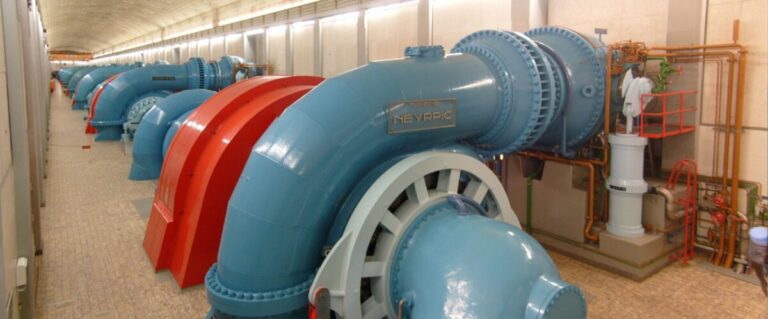Three pumped hydro projects that would deliver a combined 1,035 MW/9,480 MWh of dispatchable capacity are among six projects declared critical infrastructure critical to the state by the New South Wales government in Australia.
The New South Wales (NSW) government has identified six renewable energy projects, including three large-scale pumped hydro stations and a trio of electricity transmission projects, as high-priority infrastructure projects that are essential to the state for economic reasons.
NSW Planning Minister Paul Scully announced that all six projects have now been declared Critical State Significant Infrastructure (CSSI) because “they are important to the NSW economy, society and the environment.”
The CSSI status means that no third party can legally challenge the projects without the minister’s permission. The statement also means that the minister will give the project the green light as soon as the planning process has been completed.
“The substantial increase in renewable energy proposals signals confidence from the wider industry in our government’s ability to move projects through the planning system,” Scully said.
The projects include the 335 MW/2,680 MWh Lake Lyell pumped hydro project being developed by EnergyAustralia near Lithgow, and the eight-hour 400 MW project Muswellbrook pumped hydro project being developed by AGL in partnership with Idemitsu Australia at Muswellbrook in the Hunter Valley.
The list also includes the Stratford Renewable Energy Hub being developed by Yancoal Australia in the Hunter. The project includes 300 MW/3,600 MWh pumped hydro storage and a 330 MW solar farm.
The transmission projects include the Victoria NSW Interconnector which will connect the HumeLink Project in NSW with the Western Victoria Transmission Network Project and the Mount Piper to Wallerawang project, which would strengthen connections between the countries Central West Orana Renewable energy zone (REZ) and major demand centers.
The third transmission project would provide the infrastructure to connect renewable energy generation and storage projects within the New England REZ to the existing grid.
CSSI status does not mean the projects will definitively go ahead, with a whole-of-government review of the projects still required, including exhibition and an opportunity for public submissions.
“These projects will be subject to an extensive review, which will include a period of public exhibitions seeking community submissions,” Scully said.
Popular content
The Ministry of Planning, Housing and Infrastructure will now provide project proponents with a report from the Minister of Environmental Assessment Requirements so they can prepare an environmental impact statement for community feedback.
AGL Energy Hubs Managing Director Travis Hughes welcomed the announcement and said he was pleased to see the Government recognizing the crucial role that pumped hydro could play in providing essential long-term storage for the NSW electricity grid.
“The 400MW Muswellbrook Pumped Hydro plant is expected to have a life of 100 years and provide eight hours of energy storage,” he said. “That is four times the storage life and five times the lifespan of most current battery storage systems.”
The state government said if approved, all six projects will help maintain the state’s energy security and continue essential energy supplies to homes and businesses during periods of peak demand when coal-fired power plants leave the system.
“The three proposed transmission projects will connect additional renewable energy generators to the national energy market to attract further investment in NSW, while the three proposed pumped hydro projects will provide reliable energy generation, capacity and dispatchable energy when solar or wind energy is not available.” it said in a statement.
The NSW Government said up to 30 renewable energy projects with a combined capacity of 12.1GW are currently being assessed in NSW. Another 87 projects, including solar, wind, battery storage and hydropower projects, are in various stages of planning.
This content is copyrighted and may not be reused. If you would like to collaborate with us and reuse some of our content, please contact: editors@pv-magazine.com.


